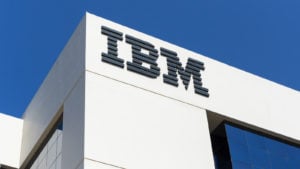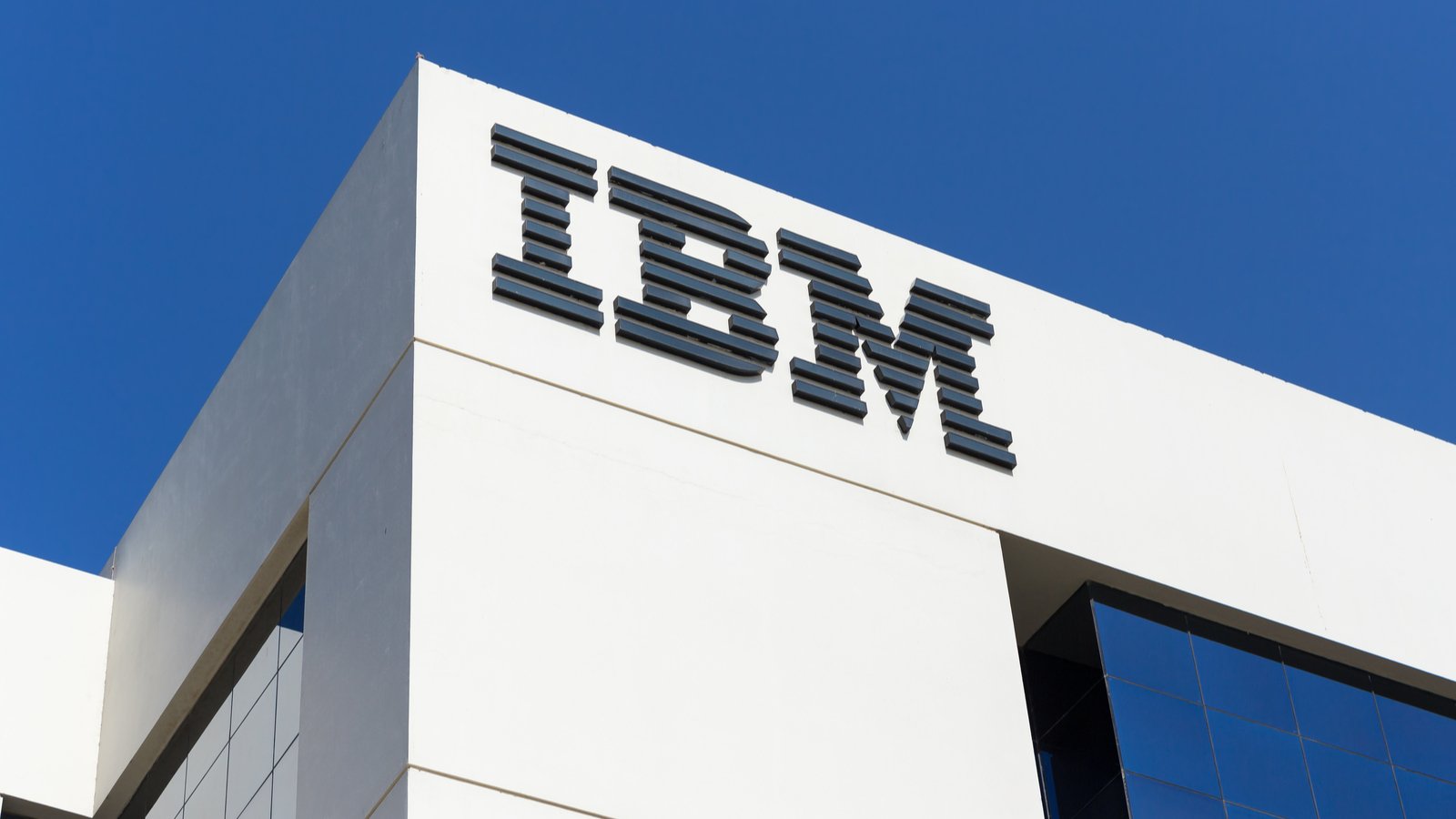Nearly a year since becoming CEO of International Business Machines (NYSE:IBM), Arvind Krishna has seen a 13% gain in the company’s stock.

Trouble is the S&P 500 is up 47% in that time and the NASDAQ, containing most of the IBM’s competitors, is up 65%. IBM opens for trade March 19 at $130.25/share. A market cap of $116 billion for what was, in the 20th century, the dominant name in computing.
Krishna and President Jim Whitehurst, who brought Red Hat into IBM in 2019, at least have a singular focus for the company, which had sales of $73.6 billion in 2020. That focus is hybrid cloud. What the company calls cloud-related revenue was nearly one-third of its total in 2020, up 20% from 2019. It seems poised for more growth this year.
But is IBM the best investment vehicle for the hybrid cloud movement?
One Step Forward, One Step Back
IBM stock might be making more progress except for a poor decision Krishna’s predecessor, Virginia Rometty, made in 2015, called Watson Health.
The idea was to use Watson, a front-end for processing large data sets in plain English, to revolutionize the health care field. It didn’t work. The unit had ambitious targets but focused on the computing side of them, not the science side. Krishna is now trying to sell all or part of the business, which has sales of $1 billion but no profit.
Krishna is also spinning-off IBM’s managed infrastructure unit, which IBM says has $19 billion in revenue and 90,000 employees.
A $59 billion company built around hybrid cloud is left. The idea is that companies will use multiple cloud platforms, both inside and outside their own data centers, which IBM software will manage.
Hybrid Cloud Attack
Hybrid cloud may give IBM an opening against cloud leader Microsoft (NASDAQ:MSFT) after the SolarWinds hack exposed thousands of its customers to having secrets swiped. Microsoft’s analysis concluded that hybrid systems create risk. Hackers can compromise clouds by accessing them from any corporate data system, “an additional seam” that must be secured.
IBM is attacking the opening with “industry clouds,” software stacks aimed at areas like finance. Red Hat’s OpenShift will be used to bring customers’ workloads to the clouds, and IBM will work through its partner ecosystem.
The idea is to become more like VMware (NYSE:VMW), the Dell Technologies (NASDAQ:DELL) software unit Red Hat competes with, only with more artificial intelligence and support from IBM’s global cloud network. Synergy Research currently has IBM stock listed as the fifth largest cloud player, having been passed last year by Alibaba Group Holding (NASDAQ:BABA).
The focus on growth, along with a $1.26/share dividend currently yielding over 5%, is drawing fans. None of the 5 analysts following IBM at Tipranks currently have it in their sell column. But the small number of analysts tells you just how far down the tech pecking order IBM has fallen.
The Bottom Line
IBM may have indeed turned a corner. The plans laid out by Krishna for hybrid cloud and artificial intelligence make sense.
But the spin-off will take much of his attention this year. How much of IBM’s $57 billion in debt will the new company carry? How much of its current dividend will the new company be expected to lift?
IBM put about $6 billion of its $18 billion in operating cash flow last year into its dividend. Analysts think that’s a strength. I don’t. Tech companies hand out dividends when they don’t have anything better to do with your money. Amazon.Com (NASDAQ:AMZN) has no dividend. Neither do Alphabet (NASDAQ:GOOGL) or Alibaba.
The infrastructure spin-off may be IBM’s last chance to become a tech company again. I want to see more details before calling it a buy.
At the time of publication, Dana Blankenhorn directly owned shares in BABA, MSFT and AMZN.
Dana Blankenhorn has been a financial and technology journalist since 1978. He is the author of Technology’s Big Bang: Yesterday, Today and Tomorrow with Moore’s Law, available at the Amazon Kindle store. Write him at [email protected], tweet him at @danablankenhorn, or subscribe to his Substack https://danafblankenhorn.substack.com/.
